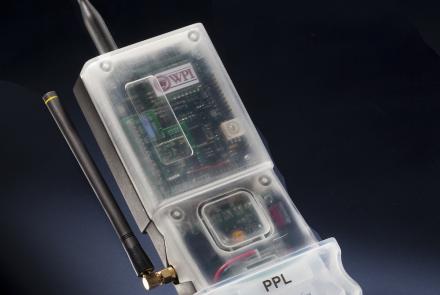Navigating Through Smoke and Fire
"In 1999, we responded to a fire in a vacant warehouse. Two of our colleagues became lost while searching through the smoke-filled structure for two homeless people reportedly inside. We sent in several teams of firefighters to try and locate them and lead them to safety. Before they could get out, the structure collapsed, killing the lost team and four of their would-be rescuers."
Why do you need better positioning, navigation, and timing technology?
"When firefighters enter a burning structure, especially large complex commercial buildings, they can quickly lose visibility and their ability to maintain orientation. And traditional GPS doesn’t work inside buildings."
How are firefighters normally tracked indoors?
"The fire chief keeps track of the crew’s positions by following radio calls and drawing a sketch on an "accountability board"—but it’s all too easy for critical information to be missed or misinterpreted."
How is this technology changing your life?
"We are getting close to a reliable and affordable solution that uses technologies such as inertial navigation and others to provide real-time positional data of our firefighters. Knowing where your teams are at all times can be critical when things go wrong."
The Challenge of Indoor Navigation
Emergency personnel cannot receive GPS signals indoors. New navigation systems combining radio signals with inertial navigation are now in testing. Cell phone companies, retailers, and other organizations are also exploring the possibilities of indoor navigation technology.
Worcester Polytechnic Institute








